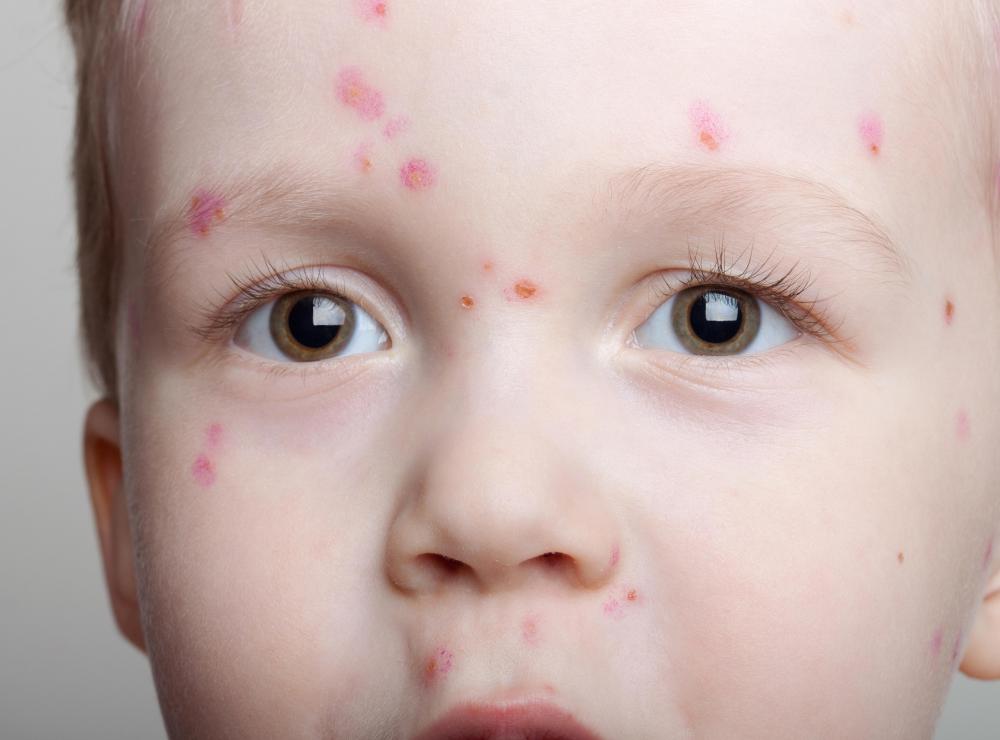At TheHealthBoard, we're committed to delivering accurate, trustworthy information. Our expert-authored content is rigorously fact-checked and sourced from credible authorities. Discover how we uphold the highest standards in providing you with reliable knowledge.
What Is Hutchinson's Sign?
The term Hutchinson’s sign is commonly used to refer to two unrelated medical symptoms seen on the face and nails. On the face, it can be used to describe to a skin lesion, from the herpes zoster virus, that forms on the tip of the nose. The name can also be used for discoloration of the nails due to green nail syndrome and melanonychia. Hutchinson’s sign is named after Sir Jonathon Hutchinson, an English doctor who first researched the conditions.
The herpes zoster virus is the medical term for what is more commonly called shingles. It is caused by the chicken pox virus. After an initial outbreak of chicken pox, the virus can lie dormant inside the body for a long time. Sometimes infection or injury can reactivate the virus but, instead of breaking out in a chicken pox rash again, it attaches to a nerve and causes a painful patch of blisters to form on the skin above.

Shingles on the face can spread to the nasociliary nerve, located in the nasal branch. This nerve is also connected to another that leads to the eye. If the virus causes a skin lesion on the tip of the nose, it can be a Hutchinson’s sign and indicate that the nerve to the eyes has been compromised. The spread of the virus on this part of the body can cause facial paralysis and hearing loss.

Green nail syndrome is caused by bacteria called pseudomonas that can get under the nail and can give the nail a green hue. This is typically a harmless Hutchinson’s sign that does not need medical intervention. People who spend a lot of time with their hands submerged in water have a higher likelihood of contracting the bacteria. Treatment usually involves keeping the nail bed dry and the nails clipped until the discoloration fades with growth and trimming.

Another condition that can include a Hutchinson’s sign is melanonychia, which typically causes discoloration of the finger or toe nails. This is usually seen as a dark-colored band that runs the length of the nail. Fungal infections, injury to the nail, and inflammatory disorders can cause the discoloration.
A more serious form of melanonychia, called subungual melanoma, can also cause such a darkened band to appear on nails. This is a rare, but serious form of cancer in the nail. Such dark lines should be checked out by a doctor to eliminate the possibility this condition. If the melanoma is suspected, the doctor may perform a biopsy. Most subungual melanoma must be surgically removed and, if necessary, the fingertip or toe may be amputated.
AS FEATURED ON:
AS FEATURED ON:














Discuss this Article
Post your comments